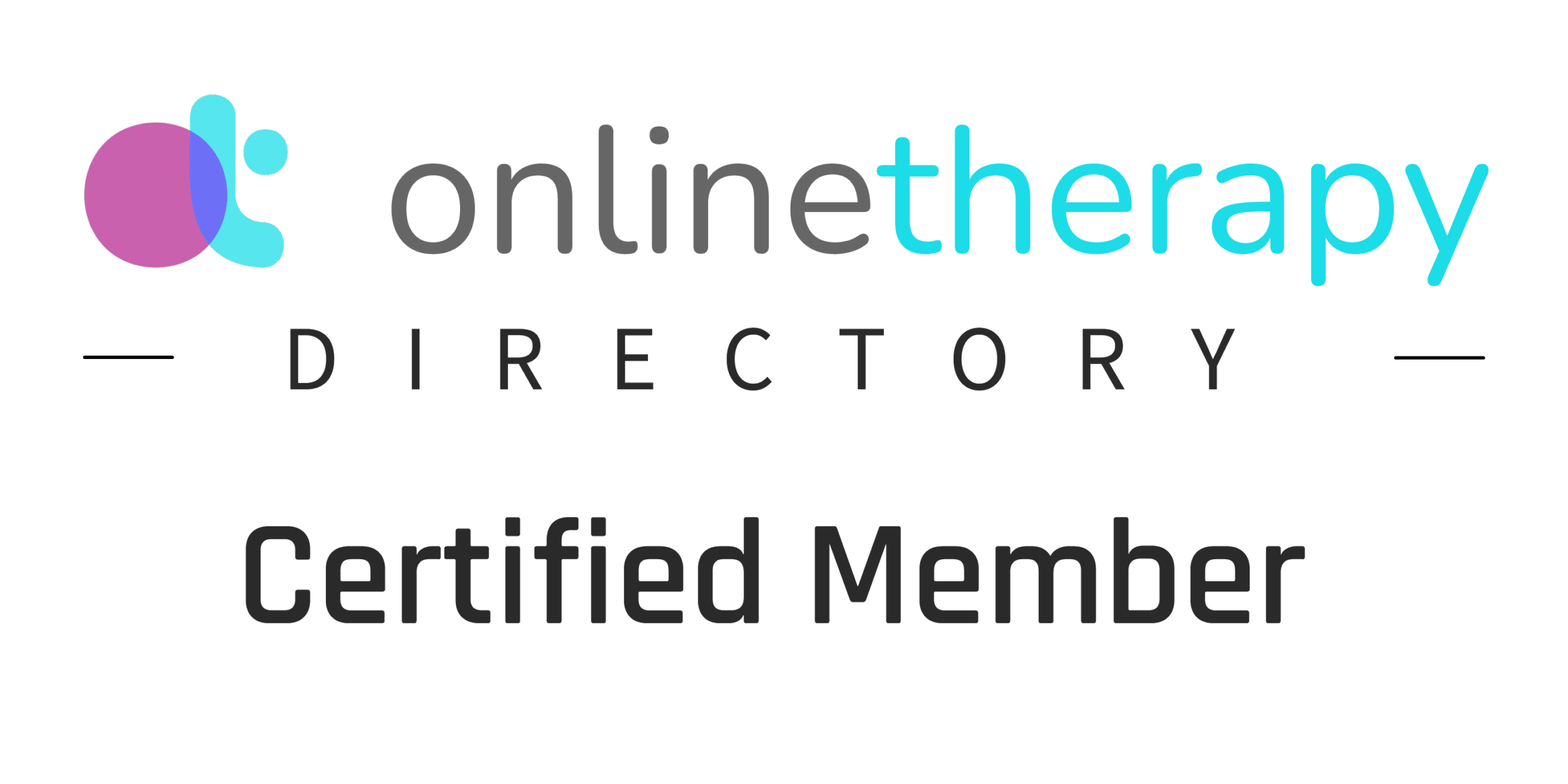The Illusion of Control

One of the most common—and often overlooked—sources of emotional pain I witness as a trauma therapist is the illusion that we are in control. Many of my clients come into trauma therapy believing that if they can just predict, prevent, or plan well enough, they’ll be safe from further harm. It’s an understandable response, especially for those who have lived through intense trauma, emotional abuse, narcissistic abuse, or abandonment. But ironically, it’s often this very grasp for control that deepens our suffering.
Control, or rather the illusion of it, is a theme that emerges often in individual therapy and relationship therapy. After surviving trauma, our nervous systems become hyper-attuned to danger. We scan our environment—consciously or unconsciously—trying to predict when the next threat will strike. That fear, that urgency to stay safe, frequently gets channeled into control strategies: perfectionism, people-pleasing, obsessive thoughts, rigid routines, overworking, or constant hypervigilance in relationships.
For example, someone who has experienced the pain of abandonment might attempt to control their partner’s every move—not out of malice, but out of a desperate need to ensure that the trauma doesn’t repeat itself. That urge for control might show up as anxiety, social withdrawal, obsessive-compulsive behaviors, or even panic disorder. In fact, a hallmark of panic attacks is the intense fear of losing control—and the body’s desperate attempt to prevent it from happening again.
What’s so often missing from the wider conversation about mental health is this central truth: much of our psychological distress is rooted in a fear of being out of control. And yet, so much of life is out of our control.
This can be a hard truth to sit with. When I bring this up in sessions—especially with new clients—there’s sometimes resistance. Understandably so. Letting go of control can feel like giving up. For survivors of trauma, the mere suggestion of surrender can feel unsafe, even dangerous.
But here’s the paradox: letting go of control is not the same as giving up. It’s making peace with the reality that you can’t micromanage the future. It’s learning to accept what is, even when it’s uncomfortable. This practice is foundational to mindfulness, somatic trauma therapy, and acceptance and commitment therapy (ACT)—all evidence-based approaches I integrate into my work.
In these modalities, we begin by identifying what’s within your control and what isn’t. And spoiler alert: the “not in your control” column is often a lot longer. You can’t control the weather, the political climate, your partner’s behavior, your boss’s moods, or the outcomes of most life events. You can’t control other people’s opinions or actions. You can’t even control whether or not someone loves you the way you want to be loved.
But what can you control?
You can control your breathing in a stressful moment. You can control your response to a trigger. You can set boundaries. You can choose how you speak to yourself. You can engage in practices that soothe your nervous system—like EMDR therapy, mindfulness, or somatic work. You can ask for help. You can nurture your inner child, work through old wounds, and create a life that aligns with your healing.
In my work with clients throughout Westlake Village, Thousand Oaks, Calabasas, Agoura Hills, and the greater Los Angeles area—whether in-person sessions or online therapy—I help people come back to themselves. To what is within their power. And the shift is often profound. When we stop wasting energy trying to control the uncontrollable, we free up emotional space for growth, healing, and connection.
Letting go of control is also deeply spiritual for many. Whether or not you subscribe to a particular religion, there’s a sacredness in trusting something greater than ourselves. Whether that’s the universe, your inner wisdom, or simply the unfolding nature of life—it’s liberating to accept that you don’t have to have all the answers. You don’t have to fix everything.
So, what does it look like in practice?
Maybe you’re in a job that drains you and you can’t leave right now. But you can take walks, practice breathing exercises during breaks, and sign up for night classes to slowly shift careers. Maybe your relationship feels uncertain, but you can focus on healing your attachment wounds, strengthening your boundaries, and showing up authentically. These micro-movements—these subtle acts of reclaiming your power—are how change begins.
In therapy, we often say: “Pain is inevitable. Suffering is optional.” The suffering, more often than not, comes from our resistance—our refusal to accept what is. But when you stop trying to outsmart life and start meeting it with grace, things shift. Unexpected doors open. The weight starts to lift. You begin to trust—not just the world, but yourself.
So today, I encourage you to reflect on this:
-
Where in your life are you holding on too tightly?
-
What are you trying to control that’s actually not yours to manage?
-
What would happen if you let go—just a little?
And perhaps even more importantly:
-
What might bloom in your life if you surrendered?
-
What miracles might unfold if you got out of your own way?
Letting go doesn’t mean giving up. It means coming home—to your body, your truth, and your peace.
Written by Valeriya Bauer, Psychotherapist
Offering trauma therapy, somatic trauma therapy, EMDR therapy, relationship therapy, and mindfulness-based care throughout Westlake Village, Agoura Hills, Thousand Oaks, Calabasas, Ventura, Los Angeles, and beyond. Online and in-person sessions available.




